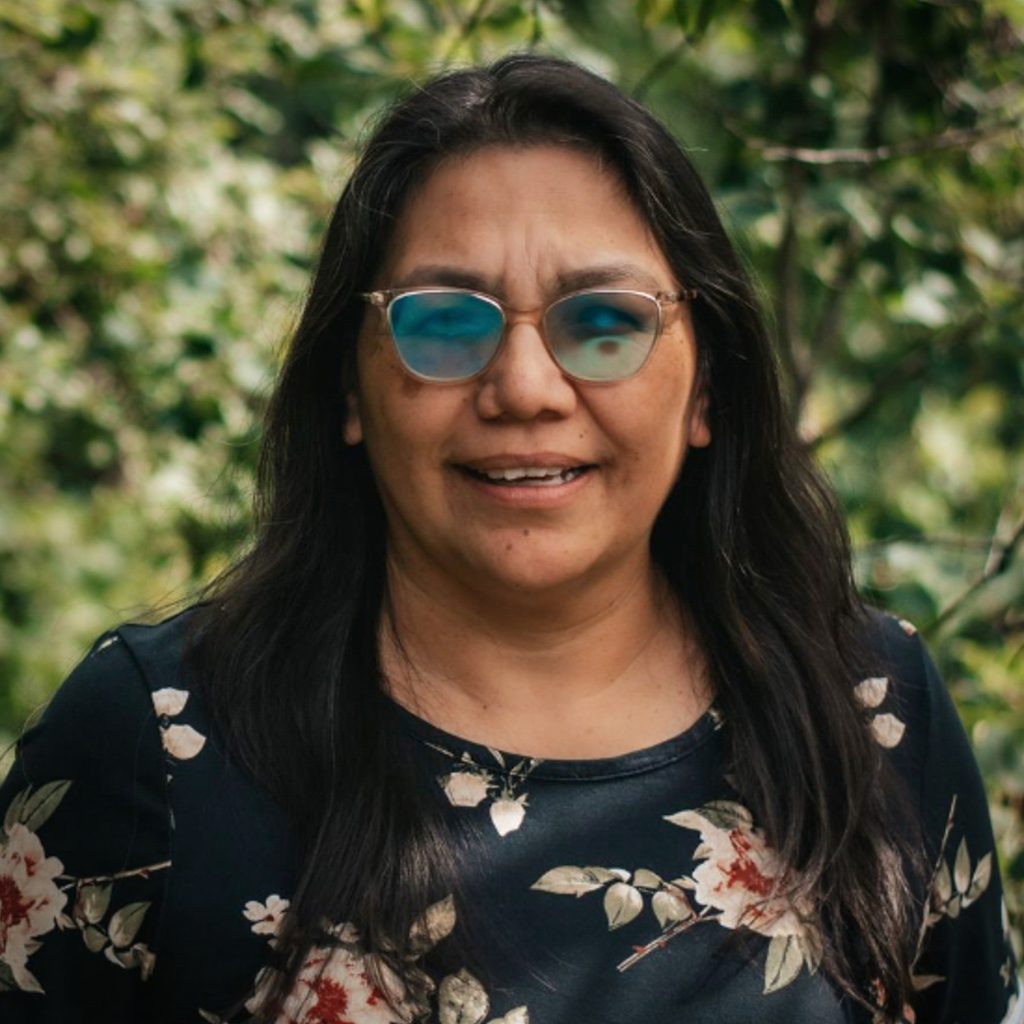About
The Anishininiiw Nanandowi’kikendamowin program was established in 2021 to ensure that research is community-driven, participatory, and reflects the health and research priorities of the communities served by SLFNHA (Resolution 12-08).
Resolution 12-08 identified that SLFNHA requires sufficient health data and evidence to support and advocate for the delivery of appropriate, adequate and proactive health care for communities.
The Anishininiiw Nanandowi’kikendamowin program at SLFNHA is a community-directed research unit that can support research initiatives that are based on community identified health priorities.
Research Priority Areas
Research priority areas were established by sending a survey of research interests to community leadership and health directors, SLFNHA program directors and managers, and Tribal Council executive directors and health directors. From this survey, five themes emerged.

Themes were shared with SLFNHA Health Services Advisory Committee and Anishininiiw Nanandowi’kikendamowin Advisory Committee for review, as well as attendees of the SLFNHA Data Conference (June 2023).
Research priority areas will change over time as community needs and priorities change. Feedback on areas is always welcomed. These areas do not limit projects in which SLFNHA can partner or support.
Research Process

Proposal or Request
Proposed projects are reviewed for alignment with research priority areas, Resolutions, organization needs, or leadership support.
Project & Ethics Review
All projects are reviewed by a research & ethics committee external to SLFNHA to ensure projects are designed in a way to protect human participants, knowledge, and uphold research integrity. Project data ownership, control, storage, and access must be discussed with community, and described in ethics applications.
Conduct Research
Projects must work in partnership with communities whom they work. This can be detailed in the form or combination of Research/Collaboration Agreement, Terms of Reference, Letter of Support, Data Sharing Agreement, Chief’s Resolution, or other documentation preferred by the community.
Sharing Findings
Project findings must be shared with community in their preferred format. Various deliverables can be generated from one project, but community must be involved in and aware of what is generated. Community should be involved in authorship of resulting reports, articles, or other publications.
Current Projects
Aim: To determine if Silver Diamine Fluoride treatments help prevent early childhood tooth caries (cavities in baby teeth), reducing the number of dental surgeries under general anesthesia required.
Herenia Lawrence, D.D.S., M.Sc., Ph.D.
Partners: University of Toronto
Aim: Support development of resiliency and leadership skills among youth
Kim Matheson, PhD
Partners: Carleton University
For more information, visit http://www.indigenousyouthfutures.ca/
Aim: Explore the operational practices of community-based suboxone programs, and understand the workflow between these programs and pharmacies that remote dispense suboxone
Partners: SLLEG
Aim: To collaboratively develop culturally safe and implementable communication strategies and materials for cancer screening
Partners: Sunnybrook Research Institute, Ontario Health
Aim: Determine patient perspectives on use of virtual care
Partners: Lakehead U, UArctic, KO Tribal Council
Aim: Building a community-focused and co-designed approach to diabetes care that amplifies community voices.
Partners: University of Toronto, University Health Network, Canadian Institutes of Health Research
For more information please view the Diabetes Connections Brochure & Poster.
Recently Completed Projects
Key Messages
- Public health service delivery to communities has historically failed to meet health needs, in part due to ambiguous service delivery and inadequate legislation.
- Federal and provincial legislation has long oppressed First Nations by either limiting health services First Nations people can access, or disregarding First Nation developed, governed, and implemented systems.
- Health laws, practices, and protocols have existed at the community-level, and must be reclaimed and recognized in current legislation, as outlined in Section 35(1) of the Constitution Act, 1982 and article 3 of the United Nations Declaration on the Rights of Indigenous Peoples.
- Public health re-organization for First Nations must include true Nation-to-Nation relationships, and recognize First Nations rights and authorities.
This paper summarized the number of type 2 diabetes diagnoses among First Nations women in northwest Ontario who previously had a gestational diabetes (diabetes in pregnancy) diagnosis. This paper is based on hospital records collected between January 1, 2010 to December 31, 2017 at the Sioux Lookout Meno Ya Win Health Centre. Some of their findings included that:
- 2 years after birth, 18% of women who had gestational diabetes developed type 2 diabetes
- 6 years after birth, 39% of women who had gestational diabetes developed type 2 diabetes
In conclusion, women who experience gestational diabetes are at higher risk for developing type 2 diabetes later in life. Community-based resources, food security, and social programming may help lower the rates of diabetes during pregnancy
For More Information

Ariel Root
ariel.root@slfnha.com

Pearl Mamakwa
pearl.mamakwa@slfnha.com